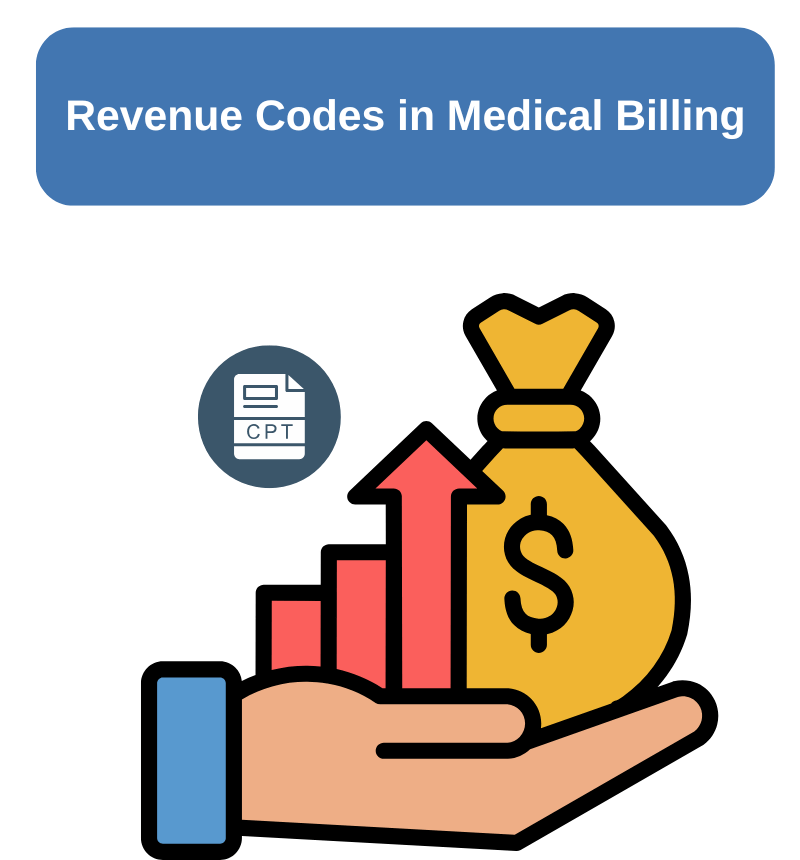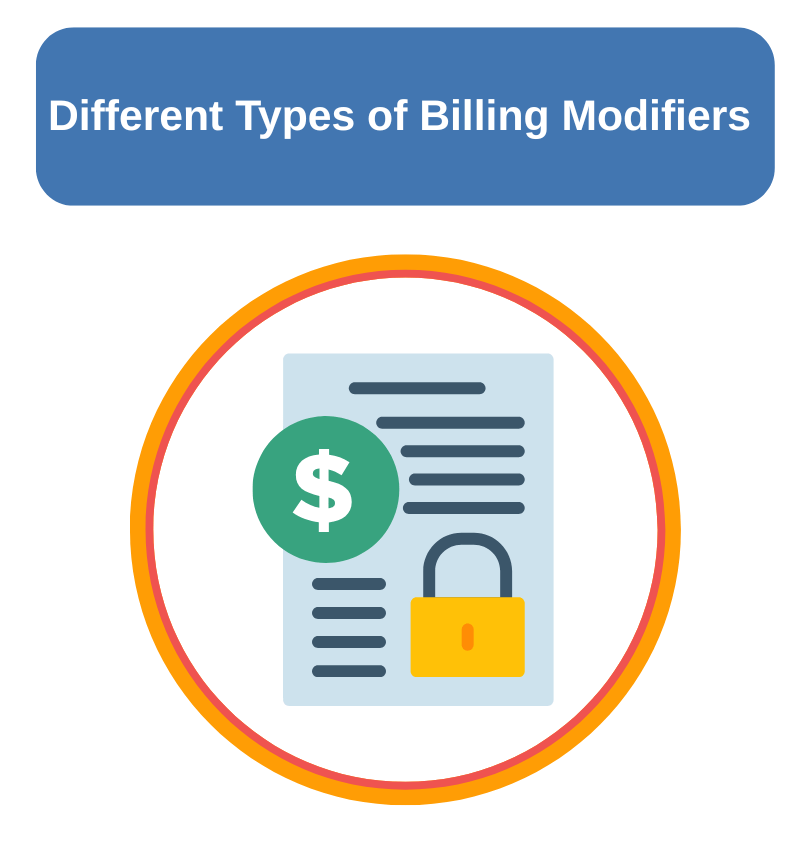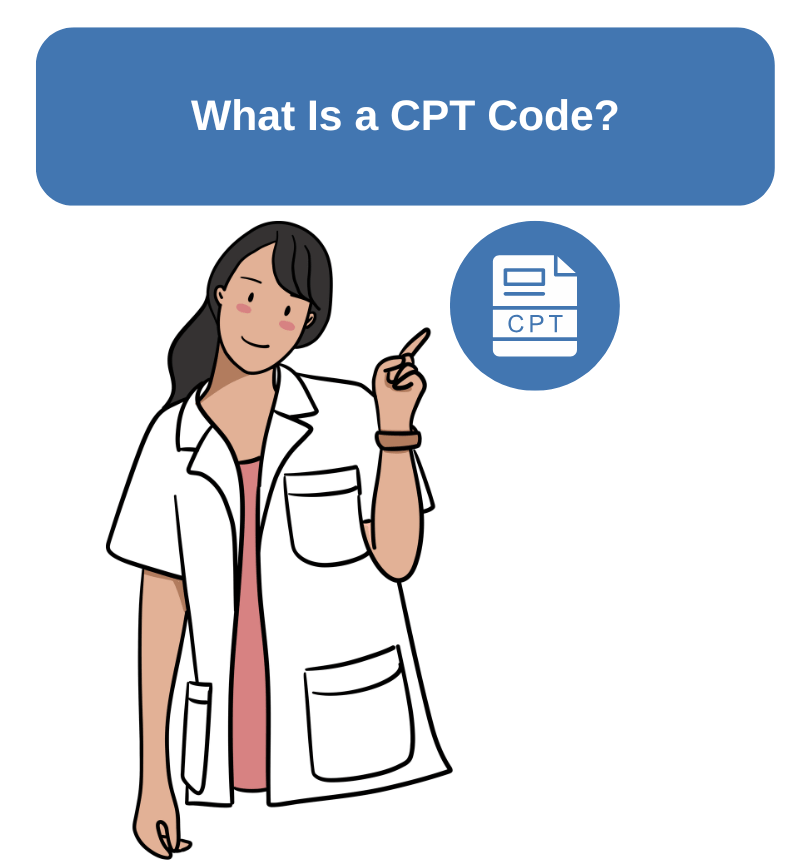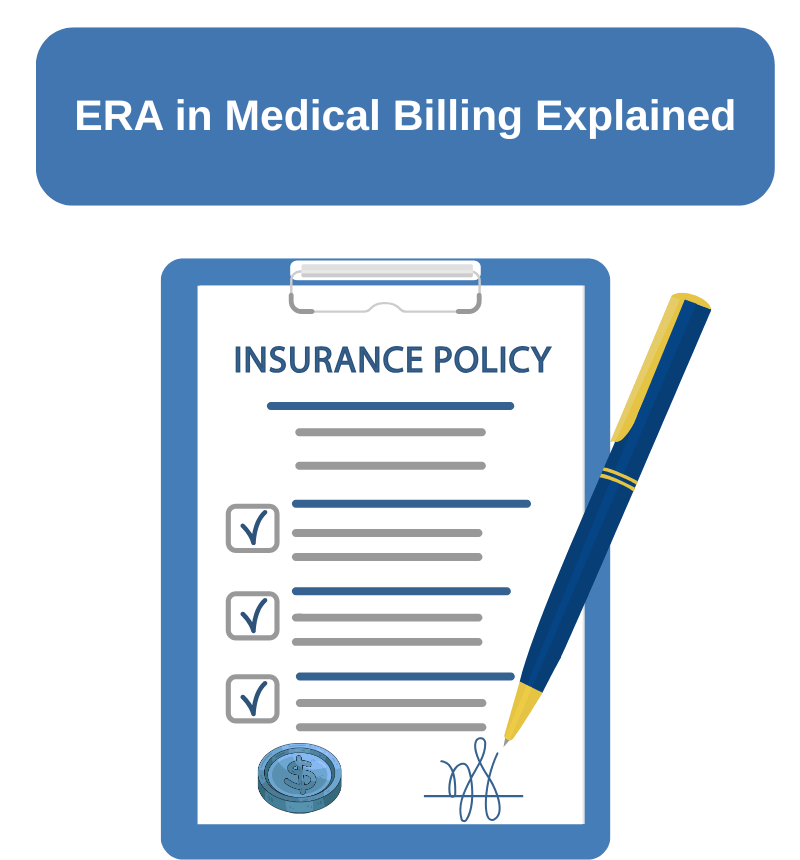When I first started working in revenue cycle management, one of the biggest challenges I noticed was how often claims were delayed or denied because of modifiers. These two-digit codes may seem small, but they carry a lot of weight in how a claim is processed. Over the past five years, I’ve worked closely with practices to improve reimbursements, and one consistent lesson has been this: if modifiers are not used correctly, you will see avoidable denials.
In this blog, I want to share a practical breakdown of the types of modifiers in medical billing, along with examples from real-world scenarios that providers and billing teams deal with every day.
The Role of Revenue Codes in Automated Medical Billing
Revenue codes group charges on the UB-04 claim form. They specify where a service occurred and whether equipment is used in the facility or taken home. Revenue codes differentiate costs for the same procedure performed in different locations.
Example: A blood transfusion performed in an emergency room uses revenue code 0450. The same transfusion in a treatment room uses code 0761. Procedure codes remain the same, but revenue codes change according to location.
Example: CPT 12001, simple repair of superficial wounds, performed in an operating room uses revenue code 0360. In the emergency room, it uses 0450. In a treatment room, it uses 0761. These distinctions affect reimbursement.
Common Revenue Codes for Accurate Medical Billing
Intensive Care Unit
- 200 General
- 201 Surgical
- 202 Medical
- 203 Pediatric
- 204 Psychiatric
- 206 Intermediate ICU
- 207 Burn Care
- 208 Trauma
- 209 Other
Pharmacy
- 250 General
- 251 Generic Drugs
- 252 Non-generic Drugs
- 253 Take Home Drugs
- 254 Drugs incidental to Diagnostics
- 255 Drugs incidental to Radiology
- 256 Experimental Drugs
- 257 Non-prescription
- 258 IV Solutions
- 259 Other Pharmacy
Physical Therapy
- 420 General
- 421 Visit Charge
- 422 Hourly Charge
- 423 Group Rate
- 424 Evaluation or Reevaluation
- 429 Other Physical Therapy
Emergency Room
- 450 General
- 451 EMTALA Emergency Screening
- 452 ER Beyond EMTALA Screening
- 456 Urgent Care
- 459 Other Emergency Room
Clinic
- 510 General
- 511 Chronic Pain Center
- 512 Dental Clinic
- 513 Psychiatric
- 514 OB-GYN
- 515 Pediatric
- 516 Urgent Care Clinic
- 517 Family Practice Clinic519 Other Clinic
Revenue codes ensure claims reflect actual services. They provide clarity on location, type, and context of treatment. Insurance companies rely on these codes to calculate reimbursement. Errors in revenue codes frequently lead to denied claims and delayed payments.
Revenue codes are maintained by the National Uniform Billing Committee, founded in 1975. The committee oversees forms and coding standards for medical claims in the United States. Accurate coding supports compliance and financial accuracy.
The Impact of Revenue Codes on the Revenue Cycle
Revenue codes influence claim approval speed and reimbursement accuracy. Accurate coding reduces administrative burden, prevents denials, and improves revenue flow. They are critical for coding teams to understand and apply consistently. Documentation, training, and cross-checking codes with procedures ensure claims are precise.
Using correct revenue codes aligns the coding process with payer requirements. This alignment strengthens the revenue cycle, minimizes errors, and allows healthcare providers to focus on patient care. Every coding team benefits from structured training and detailed documentation on revenue code usage.
Revenue codes are a fundamental component of medical billing. They specify services, locations, and contexts. They work with procedure and diagnosis codes to produce complete, accurate claims. Understanding and applying revenue codes is essential for timely reimbursement, compliance, and operational efficiency in healthcare billing.



